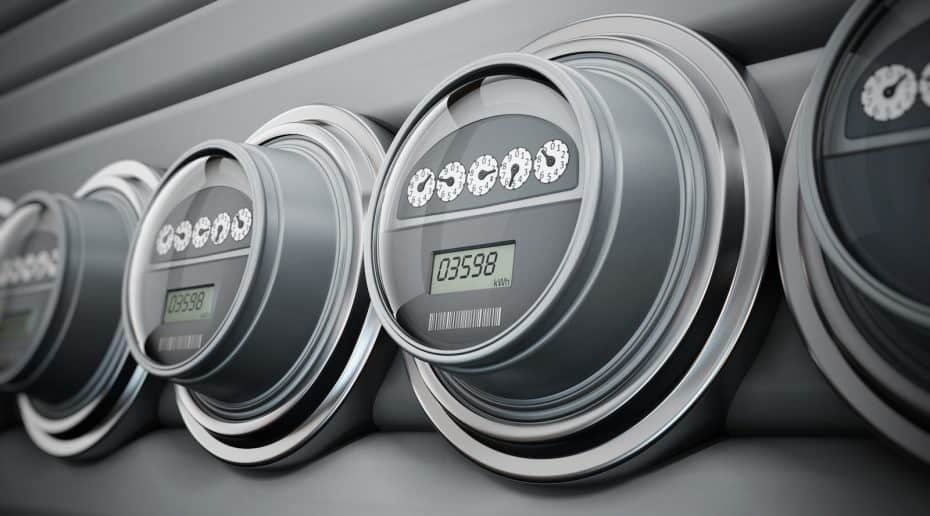What is a Ratio Utility Billing System?
Ratio Utility Billing System (RUBS) Explained
In multifamily real estate, it is common to find buildings with units that are not individually metered for utilities. Submetered units are ideal, but it can be a time-consuming and expensive process to separate out utilities if the building wasn’t built this way.

One alternative is to charge a flat rate utility fee each month in addition to rent. There are some major drawbacks to this, though, because utility costs vary widely across locales. Plus, tenants may not even be aware of their individual usage.
Another option is to implement a Ratio Utility Billing System or RUBS. This is a system that divides utility costs based on certain factors like how many people occupy the unit, the unit’s square footage, the bed/bath ratio of each unit, and other factors related to utility usage such as the number of water fixtures per unit, the number of gas appliances per unit, and more.
How Does RUBS Work?
The objective of RUBS is to divide the total utility bill between all tenants in a fair and impartial manner. RUBS assigns each utility (e.g., water, gas, electric, etc.) its own unique formula that reasonably distributes the utility usage among the total number of tenants.
The RUBS formula for a typical rental property may include the following factors[1]:
- Square footage of each unit.
- The number of beds and/or baths.
- The number of Water fixtures.
- The number of occupants in each unit.
- The presence of a gas stove, dryer, HVAC, or fireplace.
The property owner or manager can allocate a certain percentage of the bill to these factors that will fairly distribute the cost based on the occupant’s actual use.
Participating in RUBS is a clause in the lease agreement. Once the owner determines the RUBS allocation percentages and formulas per utility, they can send monthly utility bills to each tenant for their respective share[2].
The tenants are responsible for their share and must pay their dues or be at risk of violating their lease agreement.
What Are the Benefits of Implementing RUBS?
Implementing RUBS has several benefits, namely:
- Costs Nothing to Set Up. RUBS requires no initial cash investment. To implement it, it just needs a thorough analysis of the property.
- Covers All Utility Costs. If RUBS is set up correctly, it will cover 100% of the utility costs for the entire building, offsetting the tenants’ expense.
- Avoids the Cost of Submetering. Submetering can be expensive. RUBS is an alternative solution that avoids the cost and hassle of setting up an individual meter per unit[3].
- Discourages Tenants From Abusing Utilities. Because tenants get billed for the exact amount of utility usage, RUBS typically acts as a deterrent against misusing utilities.
- Increases the Value of the Property. Because RUBS offsets utility costs, it increases the revenue of the property. As a result, it increases the overall value of the property based on the income approach.
Is There a Downside to RUBS?
With all the benefits of implementing RUBS, there are some drawbacks to be aware of.
- Current Tenants May Resist or Refuse to Comply. Existing tenants may not want to pay potentially increased costs of utility coverage. Implementing RUBS may lead to vacancies initially.
- Some Markets Do Not Allow RUBS. In certain markets, RUBS may be perceived as unfair to tenants, especially if the billing system is based solely on square footage and does not account for other factors. For example, an apartment might have large square footage and as a result, incurs a higher utility cost for the tenants, even though the tenants are rarely home and use minimal utility. Based on how RUBS is calculated in this case, it would be unreasonable to charge them a higher percentage of the utility bill based exclusively on the size of their unit.
Takeaways
RUBS is a solution to a significant problem landlords face when attempting to offset utility costs. In the right circumstances, it can lead to increased savings, which ultimately increases the value of a property.
Sources
- Commercial Real Estate Finance Company of America. (n.d.) RUBS – Ratio Utility Billing System for Multifamily Properties. Retrieved from http://www.crefcoa.com/ratio-utility-billing-system.html
- Priority Meter. (n.d.) Ratio Utility Billing System. Retrieved from https://prioritymeter.com/us/property-managers-developers/submetering/ratio-utility-billing-system/
- Assets America. (2019). RUBS Income in Commercial Real Estate – A Landlord’s Guide. Retrieved from https://assetsamerica.com/rubs-income-ratio-utility-billing-system/





